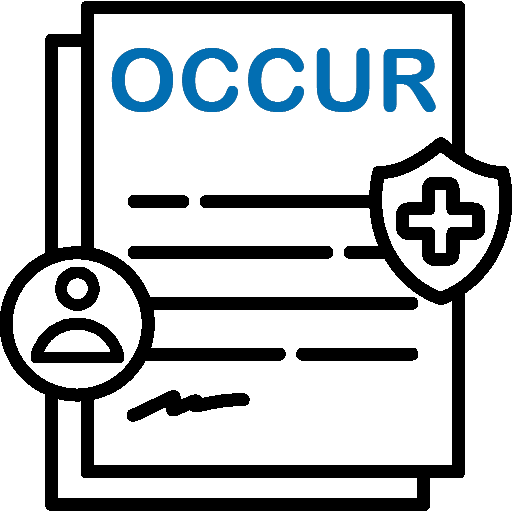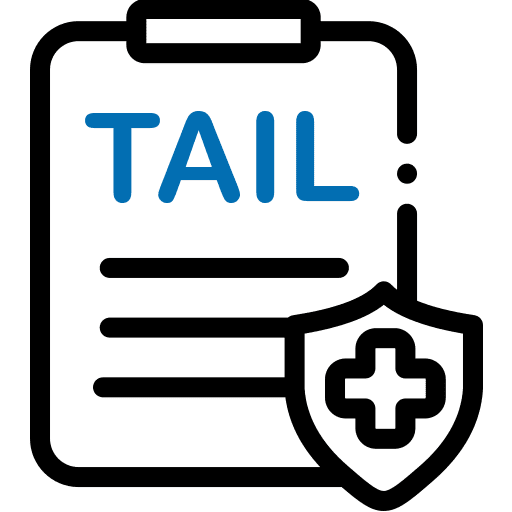
In Need of Medical Malpractice Insurance in North Carolina?
If you are a physician needing medical malpractice coverage in North Carolina, MEDPLI will work for you as your only trusted broker.
Use the information in this 2024 Buying Guide to get ready to discuss your medical malpractice insurance needs with a MEDPLI insurance broker. Get a quote.
North Carolina Medical Professional Liability Insurance Market Summary
Physicians in North Carolina have many options for obtaining medical malpractice insurance, but we recommend carriers rated “A” by A.M. Best because of their long-term financial solvency and a history of providing robust financial and legal support for North Carolina physicians.
Some of the top-rated medical malpractice insurance companies serving North Carolina physicians include:
Malpractice Insurance Rates for North Carolina Doctors
This information includes general estimated premiums which can vary greatly based on many factors, such as practice location, medical/surgical specialty, and past claims history. Talk to a MEDPLI broker to get quotes tailored to your unique coverage needs.
| Specialty | Approximate Rate | Minimum Rate | Maximum Rate |
|---|---|---|---|
| Radiology – Diagnostic | $23,000 | $18,000 | $27,000 |
| Psychiatry | $17,000 | $15,000 | $20,000 |
| Pediatrics No Surgery | $20,000 | $17,000 | $23,000 |
| Orthopedic Surgery No Spine | $38,000 | $26,000 | $48,000 |
| Ophthalmology No Surgery | $17,000 | $14,000 | $20,000 |
| Occupational Medicine | $17,000 | $14,000 | $18,000 |
| Obstetrics and Gynecology Major Surgery | $64,000 | $52,000 | $91,000 |
| Neurology No Surgery | $24,000 | $20,000 | $28,000 |
| Internal Medicine No Surgery | $20,000 | $52,000 | $91,000 |
| Neurology No Surgery | $24,000 | $20,000 | $28,000 |
| Internal Medicine No Surgery | $20,000 | $18,000 | $23,000 |
| General Surgery | $42,000 | $26,000 | $56,000 |
| Gastroenterology No Surgery | $22,000 | $20,000 | $27,000 |
| Family Practice No Surgery | $20,000 | $17,000 | $23,000 |
| Emergency Medicine | $33,000 | $26,000 | $40,000 |
| Cardiovascular Disease Minor Surgery | $25,000 | $18,000 | $34,000 |
| Anesthesiology | $22,000 | $18,000 | $25,000 |
*Using the NC standard limits of $1,000,000 Each Claim / $3,000,000 Aggregate per year in coverage
Each practice risk profile is different, and your rates could vary significantly. MEDPLI specializes in medical malpractice insurance and tail insurance coverage for North Carolina physicians and surgeons. To get estimates based on your specific scenario, reach out for a personalized quote. Get a quote.
Types of Professional Liability Insurance for North Carolina Physicians
Here is a brief overview of the most common types of medical malpractice insurance for physicians in North Carolina:

1. Claims-Made Insurance
Claims-made malpractice insurance provides coverage if the policy is in effect when the incident took place AND when the claim is filed. If a claim is filed after the end of the policy date, the claim is NOT covered.
With a claims-made policy you need tail malpractice insurance, which is a separately purchased insurance policy or endorsement, to make sure you have full protection.
Learn more about claims-made insurance here.

2. Occurrence Insurance
Occurrence malpractice insurance provides coverage for incidents that occurred during the policy year, regardless of when a claim is reported to the carrier.
Occurrence policies are more costly at the start of the policy, but the rate stays the same for the length of the policy, and there is no need for tail coverage when the policy ends.
Read more about occurrence insurance.

3. Tail Insurance
Since most malpractice insurance policies are underwritten on a claims-made basis, you will be exposed to a lawsuit if a former patient files a claim against you and you do not secure tail coverage. When you are preparing to leave your employer, you should seek tail coverage options with an independent broker like MEDPLI.
Tail insurance covers you for a specific time period. The new employer’s policy is not going to cover you for prior acts of a former practice, hence tail coverage is needed.
Read more about tail malpractice insurance for physicians.
Reach out to an experienced MEDPLI insurance broker who will work for you to find a tail policy at a great price.
Telemedicine in North Carolina
According to The North Carolina Medical Board telemedicine position statement, physicians must be licensed to practice in North Carolina in order to provide telehealth services to patients in North Carolina. Amended in September 2023, several other key regulations noted in the telemedicine position statement include:
- North Carolina physicians are held to deliver the same standard of care in telehealth services as what they provide in in-person patient visits.
- Physicians using telehealth services must ensure that the services provided are within the physician’s scope of practice, education, training, experience, and ability.
- All telehealth services and management of relevant patient medical information must be in compliance with the HIPAA privacy laws.
- Physicians must establish a provider/patient relationship and verify the patient’s identify prior to a telehealth virtual visit.
- Physicians must ensure availability of follow-up care, as well as maintain and make available a complete medical record of the telehealth services to the patient and other healthcare providers treating the patient.
Doctors that take care of patients via telehealth are subject to the same liabilities as with in-person treatment. Reach out to a MEDPLI insurance broker to make sure your existing medical malpractice policy extends coverage to perform telehealth services in North Carolina.
North Carolina
- North Carolina has a law offering alternative dispute resolution as an additional option to lengthy medical malpractice suits. This includes “mediation, arbitration, a summary jury trial, and early neutral evaluation”. Alternative dispute resolution has helped decrease both the cost and length of litigation in the state.
- For parties who choose alternative dispute resolution, there is a $1 million cap on total damages for medical malpractice liability claims, according to the Voluntary Arbitration of Health Care Claims Act, which was enacted in 2007.
- Additionally, in 2011, North Carolina passed a law capping non-economic damages in most medical malpractice cases at $500,000. In addition to the cap, this law expanded the protection of emergency medical personnel who are providing care in emergency situations.
North Carolina’s Damage Caps on Medical Malpractice Lawsuits
- North Carolina does not set a cap on economic damages, but in most cases, the state requires a separate trial to determine the amount of economic damages if they are claimed to be more than $150,000. These two trials may be combined into a single trial if the judge finds good cause to do so.
- North Carolina has a $500,000 cap on non-economic damages in medical malpractice cases, which is evaluated and possibly increased for inflation every three years since January 1, 2014.
- The $500,000 cap on non-economic damages can be circumvented, however, in cases where the injured party suffered disfigurement, lost the use of a body part, or in the cases of gross negligence or patient death.
- In 2007, the state passed the Voluntary Arbitration of Health Claims Act, “capping total damages at $1 million in medical professional liability claims where both parties agree to use binding arbitration”.
Statute of Limitations for Medical Malpractice Claims
The statute of limitations for medical malpractice in North Carolina can be complex and can vary from case to case. Consulting with MEDPLI insurance brokers who understand the ins and outs of this system is an important part of protecting your medical practice with strong medical malpractice insurance coverage.
Medical Malpractice Insurance Outcomes in California
The total malpractice payout in North Carolina was $21,660,000 as of 9/30/2023.
Closing Remarks
North Carolina ranks 5th as one of the “best” U.S. states to practice medicine in Medscape’s Best & Worst Places to Practice 2023. The report mentions that North Carolina is also on Medscape’s list of “top earning” states for doctors, although medical malpractice coverage rates tend to run high.
However, North Carolina has a stable medical malpractice insurance market, as well as tort reforms that have led to a decreased number of claims in recent years. Yet with no caps on economic damages and high caps on non-economic damages in North Carolina, physicians and surgeons practicing there still need robust medical malpractice coverage.



